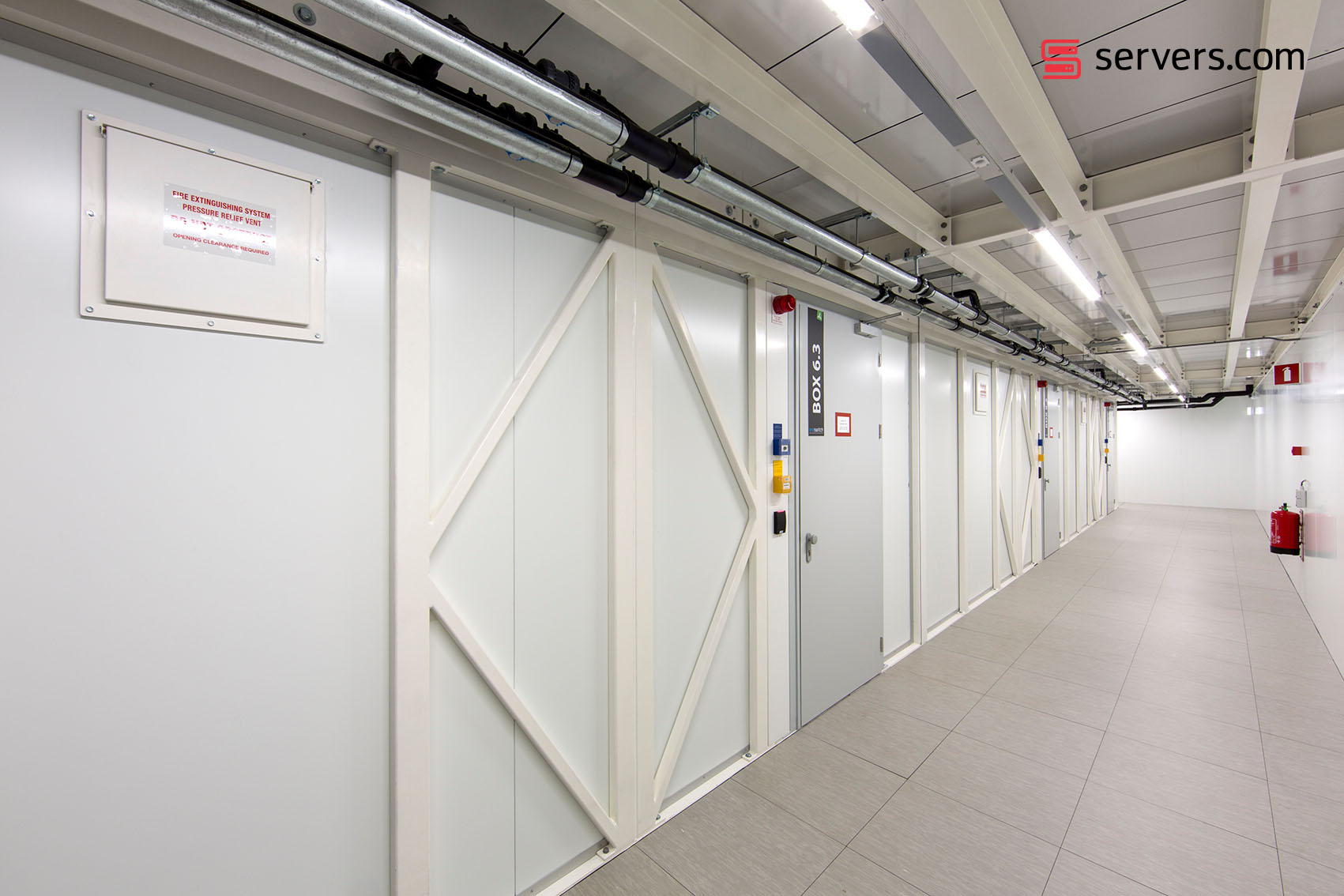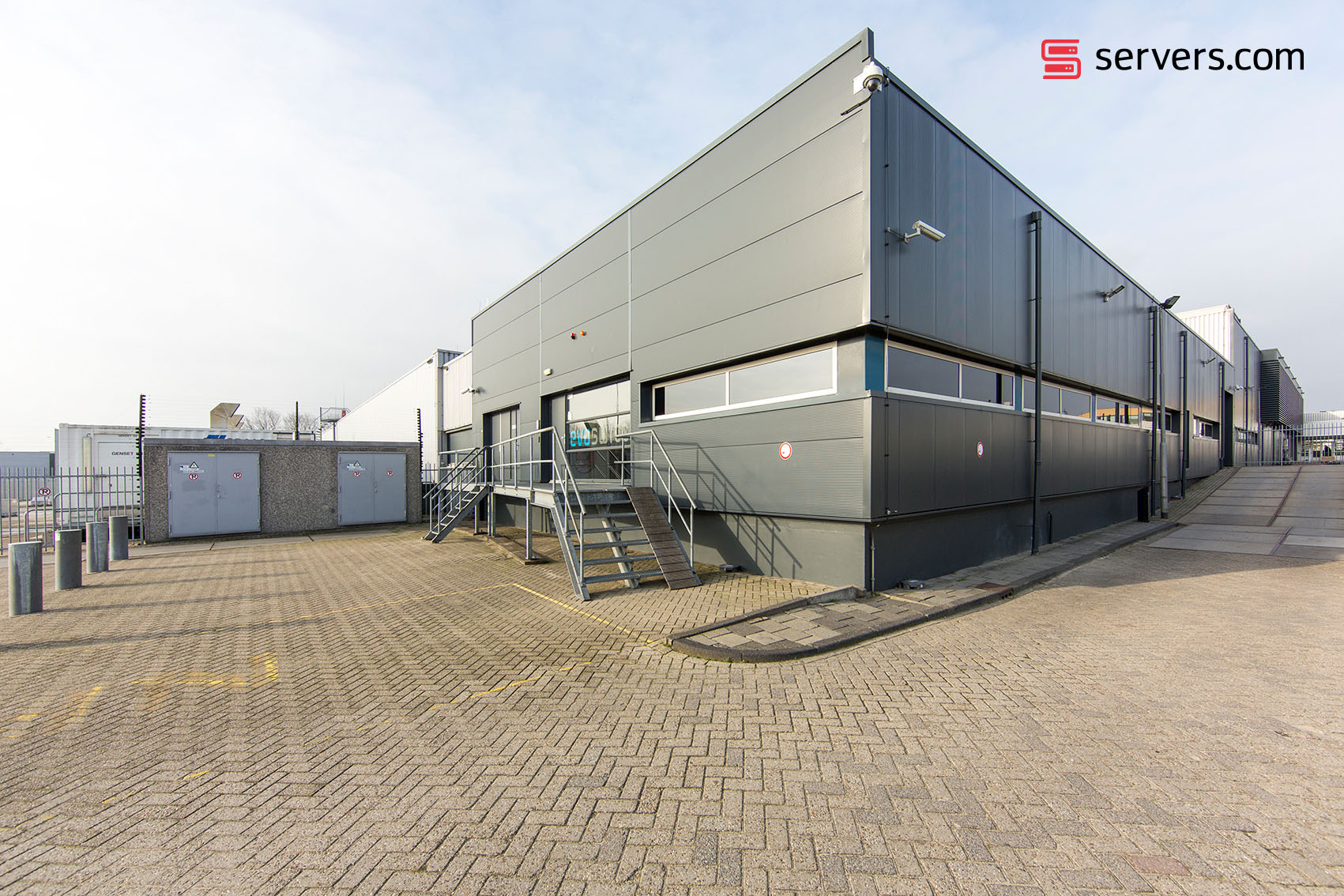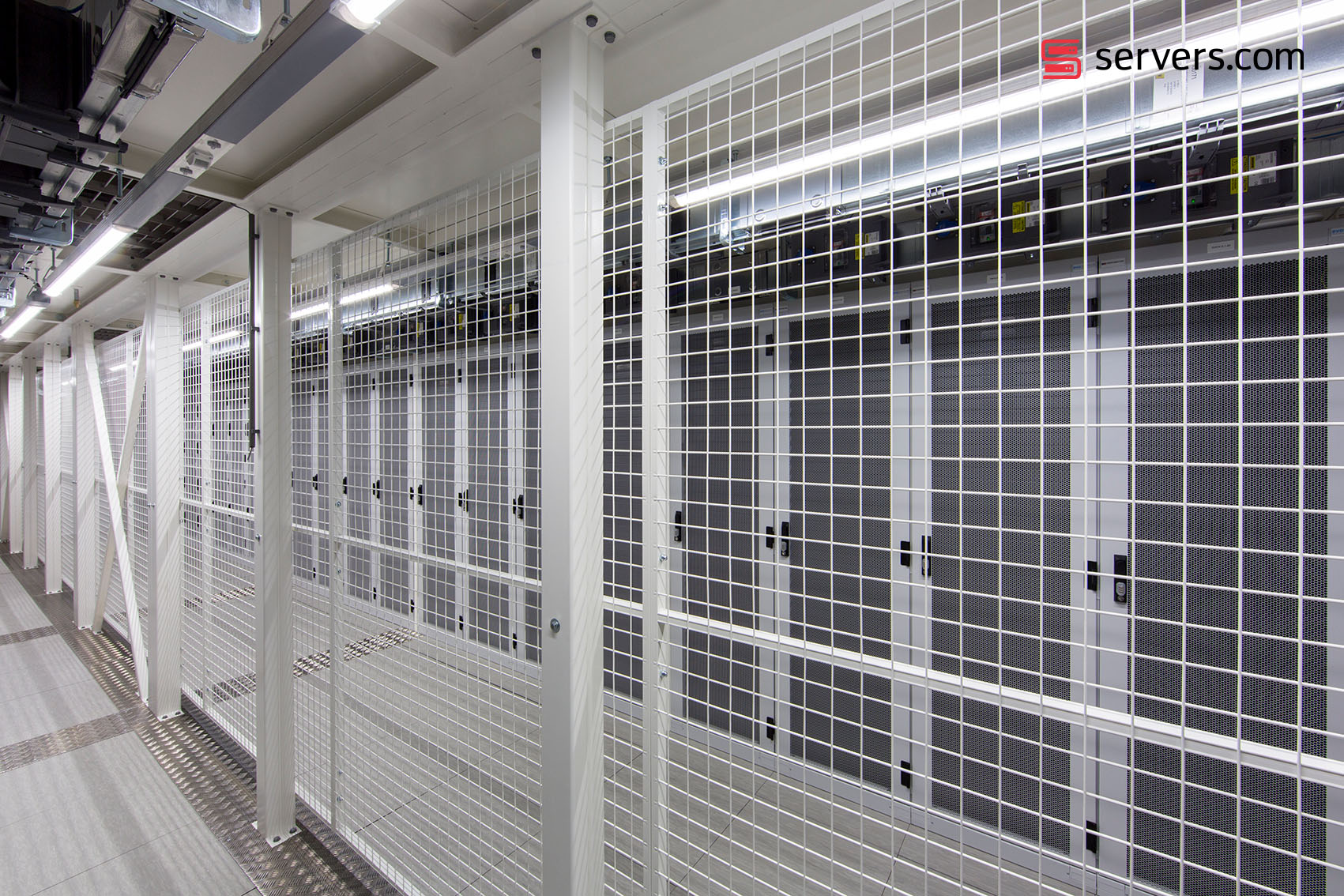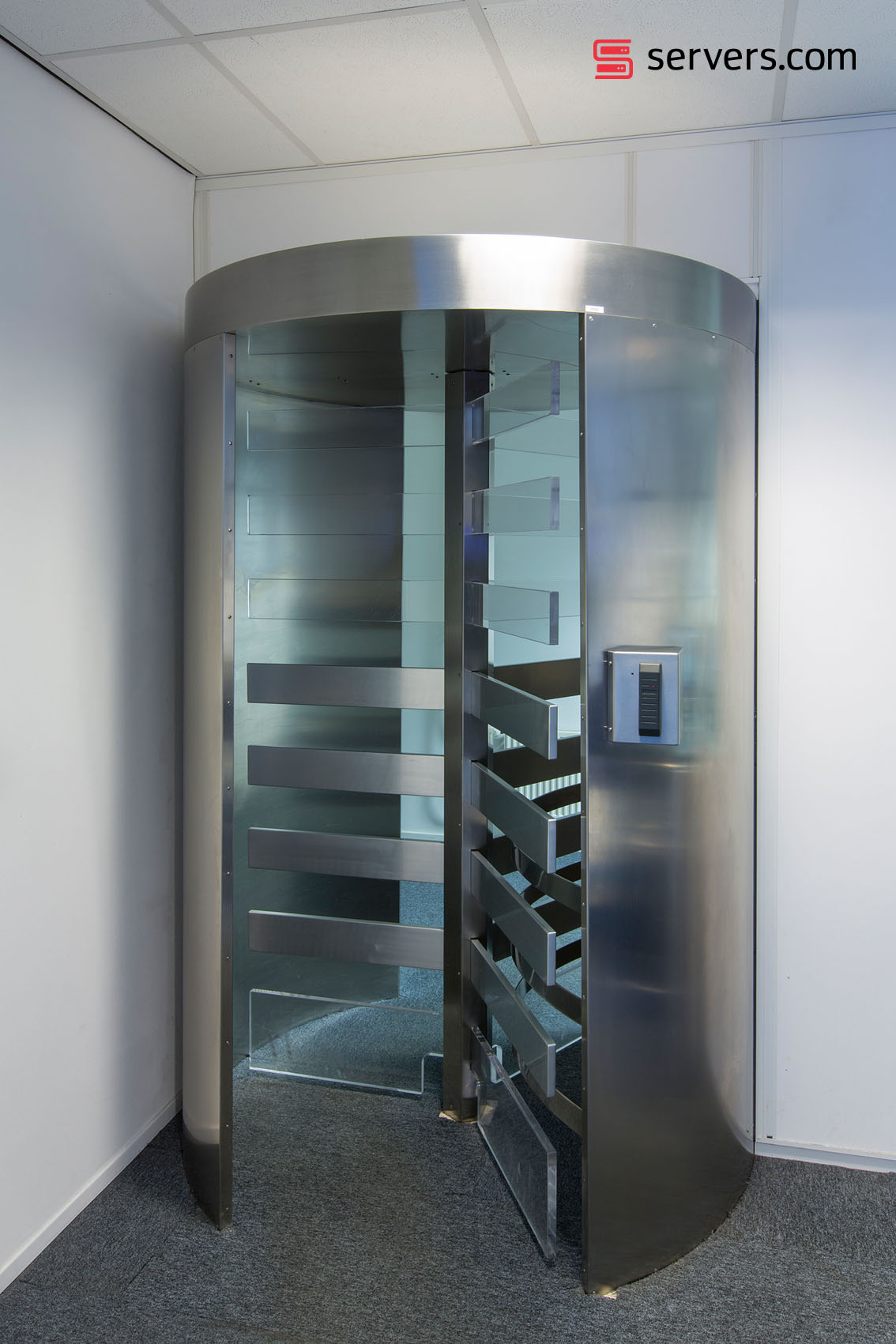Data centers
A data center is a secure facility with infrastructure that hosts servers and network equipment to provide uninterrupted hosting service operations.
This article outlines the key principles we follow when designing infrastructure, ensuring availability and security.
Locations
Our data centers are distributed globally to minimize network latency and support geographic redundancy when required. Within each facility, we use the concept of locations — these can represent an entire data center or an isolated segment within the data center, operating independently from other environments. This approach provides architectural flexibility and enhances isolation when hosting customer infrastructure and delivering services.
A full list of locations and provided services is available under Data Center Locations.
Security
Each facility is secured according to modern best practices at both the physical and network levels. They are protected against physical intrusion, unauthorized access with a multi-level security system that includes CCTV cameras, biometric access, and ID check systems.
Compliance and certifications
All of our data centers are certified and comply with various industry standards. Most facilities are rated Tier III or Tier IV by Uptime Institute – an internationally recognized system for evaluating data center reliability and availability.
Key certifications:
- Tier III (availability of 99.982%) and Tier IV (availability of 99.995%)
- ISO 27001:2013 and PCI DSS (at most locations) — required for processing payment card data in compliance with Visa and MasterCard standards
- ISO 9001:2008 – quality management system used in all of our data centers
A full list of locations and certifications is available under Data Center Locations.
Redundancy
Redundancy ensures continuous infrastructure and service operation in the event of hardware failure by duplicating critical systems and components.
By default, our locations feature redundant power and network infrastructure. For use cases where fault tolerance is not a priority, we offer data center locations with reduced redundancy. Learn more here.
Network redundancy
Our network uses a Leaf-Spine architecture with redundant switches and routers, allowing traffic to reroute automatically in case of a failure.
Each server is equipped with two dual-port network interface controllers (NICs), and a separate NIC is used for out-of-band (OOB) management (not visible in the OS).
Network ports:
- Two connected to private network switches
- Two connected to public network switches
- One connected to the OOB management network
Link aggregation (bonding) is configured for both public and private pairs.
Power redundancy
Each rack is powered by two independent power sources:
- Single PSU servers: an automatic transfer switch (ATS) switches power to the backup source
- Dual PSU servers: each PSU is connected to a separate power distribution unit (PDU) in the server rack, one for each power line
Reduced redundancy locations
In some locations, we offer infrastructure with reduced redundancy for cost-sensitive use cases like distributed computing, testing, or temporary projects. In the customer portal, these are marked with a special icon ![]() .
.
In these locations:
- Power and network redundancy is not provided
- Some features or services (such as L2 segments) may be unavailable
Top carriers
To ensure fast network performance and high availability, we provide access to major Tier 1 carriers, including: Level 3, Telia, NTT, and several regional carriers. You can view available carriers for each location on the the list of our providers.
Cooling systems
Thermal management is handled using redundant, energy-efficient cooling systems designed to support continuous operation and maximize equipment lifespan.
- Redundant 2N cooling configuration
- Hot and cold aisle containment cooling scheme
Energy efficiency
Energy usage is optimized through a combination of modern technologies and monitoring systems.
- Use of green energy and energy-efficient technologies
- Low PUE (Power Usage Effectiveness) ratings



